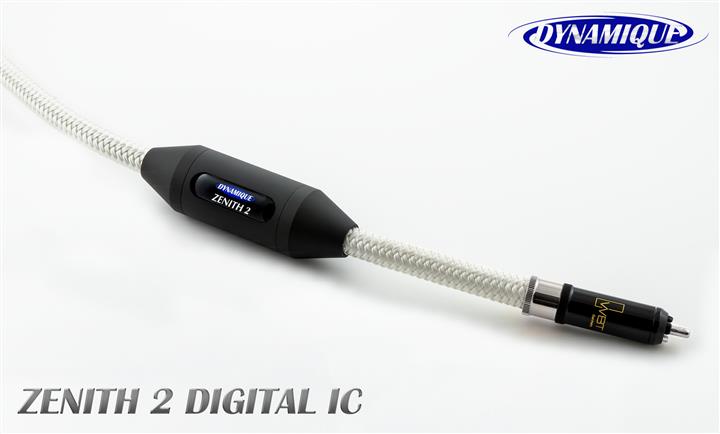
Music’s ability to hijack our perception of time is one of its most fascinating powers. I had a clear demonstration of time expansion during a drive home from Ottawa. With the cruise control set and Chris Isaak’s Baja Sessions well underway, at the point where Chris switches to falsetto near the end of “Two Hearts”, I felt the car suddenly slow down. A quick check of the speedometer showed that nothing had changed. A glance at my better half confirmed that she too had felt the same thing. In that moment of altered perception, I had time to take in the details.
Researchers in the field tell us that although we perceive reality fluidly, like a movie, the brain is observing it like a film camera, with a “frame rate” of between 24 and 48 frames per second. In an emergency – a car crash for example – the brain shifts to oversampling mode, increasing the frame rate. And here it gets interesting. Because our brains measure time as the space between frames, when we get more spaces, we get more time. Clock time appears to slow down.
I experienced a milder but consistent time-expansion effect again a few years later, while reviewing an analogue interconnect cable from Naim, the SuperLumina. With this cable, tracks seemed to go on far longer than actual clock time. Music didn’t sound slower; it just felt like there was more space between the notes. The key, I believe, is increased information. Obviously, cables cannot create new information, but they can subtract it from the signal or blur it to varying degrees. I’ve noticed the time-expansion effect in very few high-level audio components. I had not expected to encounter it in digital cables, but in two of the three cables under review here, the effect was well and truly present.
Dynamique Audio: Subtract as little as possible from the audio signal
Despite the French-sounding name, Dynamique Audio is a very British company located in Hove, UK and founded by Daniel Hassany. After a career in information technology, Daniel branched into industrial engineering, material sciences, metallurgy and other industrial processes. In a story familiar to many in the audio world, Daniel’s dissatisfaction with commercially available cables led him to build his own. Word spread, and requests followed to build OEM cables for more established brands. In 2009, Daniel formalized his cable projects into the Dynamique Audio brand. As the name suggests, preserving musical dynamics is at the heart of the company’s philosophy, along with a neutral tonal balance and transparency.
Dynamique Audio focuses on one thing only, cables for audio systems. The company offers an impressively wide range of cables covering all analogue needs (tonearms, speakers, bi-wire jumpers and headphones), power cables and digital cables (S/PDIF, USB, and Ethernet). Apart from the Ethernet cable (Dynamique makes a single model), each application has from three to six quality levels, spanning the entry-level ‘Horizon’ up to the ultimate ‘Apex’. Peruse their website and you’ll find that solid engineering and a no-BS approach to cable design and construction figure highly in the company’s values. Almost all the company’s cables are built from scratch and most feature in-house designed connectors, giving Dynamique a high level of control over the design and manufacturing process.
Silver, the most conductive metal, is used in almost all Dynamique cables. In an email exchange, Daniel pointed out to me that “Silver conductors have a smoother surface microscopically than copper conductors, and this crystal structure helps to reduce the skin effect.” But I wondered, doesn’t silver oxidize rapidly? Daniel set my mind at ease: “Silver oxide is a far better conductor than copper oxide, so as the cable ages, performance will remain stable for far longer in the silver cable. As an important aside, we’ve found that the electroplating thickness for silver-plated conductors is critical – too thin and leaching between the material layers can occur, so this has to be carefully managed.”
Depending on the application, Daniel employs solid silver, or silver-plated copper conductors in a variety of geometries to maximize immunity to interference from external radiofrequency (RF) and electromagnetic (EM) fields. As audio cables are subject to influence from airborne vibrations, Dynamique builds their own resonance dampers to counter these microphonic distortions. Dynamique offers a 30-day trial period, a 10-year warrant and a generous upgrade policy where you pay only the difference in price between models within a range.
Digital cables
In a digital cable the ones and zeroes are represented by an electrical signal that is either a negative voltage (“1”) or a positive voltage (“0”). Because the transition between the two voltages is instantaneous, the result is a square-shaped wave. In Daniel Hassany’s words “A digital signal is effectively an analogue square wave with a truncated frequency spectrum,” adding that “If the shape of the square wave is not accurately preserved, this can be considered a kind of audible distortion.” How does Dynamique ensure preservation of the square wave in their digital cables? I asked Daniel whether impedance matching is the most important characteristic. “It matters,” he replied, “but does not solely govern our design choices. Consistent impedance-matching in an audio system is nearly impossible in real-world terms due to the number of variables. That’s not to say it doesn’t matter, but more that various other factors (conductor type and configuration, dielectric makeup, shielding, etc.) can and do influence the sound more. One factor we take very seriously is achieving a high velocity of propagation. Through the use of advanced insulations with low dielectric constants, we consider this to be one of the most important aspects of digital signal transmission objective sound quality.”
Dynamique Audio builds three digital cables, the entry-level Horizon 2, the Shadow 2 and the flagship Zenith 2. Silver is used in increasing amounts as one moves up the range. All cables are available in 75 or 110 Ohm versions.
The RCA version of the Horizon 2 features a single silver-plated oxygen-free 19 AWG copper conductor, whereas the XLR version of this cable has three silver-plated oxygen-free 18 AWG conductors. Insulation is provided by foamed polyethylene (RCA/BNC) and PTFE Teflon, air-spaced (XLR). Shielding is via dual aluminium foil screens and a silver OFC braid (RCA/BNC), or OFC braid for the XLR version. Terminations depend on application: RCA (Dynamique low-mass plugs), XLR (Neutrik XX silver), BNC (24k gold/PTFE Teflon).
The Shadow 2 is the first of the range to contain pure (4N) solid silver conductors. Three conductors (22, 24 and 26 AWG) for each of the positive and negative sides are arranged in a mirror formation around a central core (triple balanced). Insulation is via PTFE Teflon tubes of a larger bore than those of the Horizon, lowering the dielectric constant even further (super air-spaced). Vibration damping is added via Dynamique’s own resonance filter. Shielding is ensured by a carbon-loaded braid. Again, terminations depend on application: RCA (Dynamique low-mass plugs, or WBT NextGen 0102 Cu RCA as an upgrade), XLR (Neutrik XX silver), BNC (rhodium/PTFE Teflon).
The Zenith 2 cable incorporates even more silver in six solid-core conductors, starting with a larger gauge than the Shadow 2 (20, 22 and 24 AWG), arrayed in a triple balanced configuration. Insulation is via large bore PTFE Teflon tubes (super air-spaced). Vibration damping is ensured by Dynamique’s carbon-loaded resonance filter, with shielding provided by high-density copper braided shields. Terminations are WBT NextGen 0152 Silver (RCA), carbon-fiber/rhodium-plated copper plugs (XLR), and rhodium/PTFE Teflon (BNC).
The test system
Dynamique sent me a one-metre version of each cable terminated with RCA connectors. I began with the Horizon 2, connecting it between my Roon endpoint (a Sonnet Hermes streamer) and the Metrum Acoustics Pavane DAC, and left it playing music for 75 hours, per Daniel’s recommendation. I used two integrated amps for the review, either a Naim Supernait2 or an NVA AP50. Connections from DAC to amps were via BIS Audio Vivat interconnects (for the NVA) or Ocellia interconnects from Atelier Audio (for the Naim). Speakers were a custom-built two-way transmission-line design, using 8” Audio Technology Flex Unit mid-bass drivers mated to Dynaudio Esotar tweeters. They are highly revealing. For speaker cables, I used BIS Audio’s Vivat. All electronics were housed in a Naim Fraim rack. My basement listening room is 10 feet wide, 14 feet in depth and 7 feet high, with no special acoustic treatments other than an area rug, a couch and a rear wall of CDs. The speakers sit three feet out from the front wall, seven inches from each side wall, angled to the listening position eight feet away. The setup provides a wide and deep sound field that comes close to headphone listening. For music, I used twelve tracks that I know well, covering baroque, electronica, folk, rock, blues, and international.
Listening
Horizon 2
The Horizon 2 showed spot-on timing and a lack of top-end glare. Music was immediately engaging and pacey. Tonally, I could detect nothing untoward. The top end did not quite reach the resolution of my reference cable, such that guitar overtones, for example, were not as finely resolved, losing some of their shimmer. Hall ambiance (natural reverb) seemed slightly attenuated, as was depth of field. The net effect was that sonic images didn’t quite “pop” as much as with my reference. But these are minor issues in the bigger picture, because the Horizon 2 cable excelled at the most important factor, musical timing. Every one of the test tracks I listened to was immediately engaging and I could clearly follow each musical line. The sole track that I lost interest in was “Altered States” by New Zealand’s Pitch Black. Somehow, the beat seemed repetitive and I cut the listening short.
Shadow 2
Returning to “Altered States” with the Shadow 2 was a different story. Here, what was previously repetitive now became mesmerizing. What had changed? The Shadow 2 was letting through the subtle nuances in intensity and emphasis that keep music interesting and tension maintained. There was just more musical detail. The Horizon 2 cable had hinted at these nuances and details, but the Shadow 2 was laying them out. Gains were also evident in depth of the sound field. There was more dimensionality; reconstruction of hall ambiance / reverb had improved. And then, on Wasip Diop’s “Everything Is Never Quite Enough”, time started to stretch as the song seemed to go on for longer than its clock time. By the fifth track, I was listening for fun and quickly realized just how much information my reference cable was glossing over. The point was driven home track after track, as new information kept coming through. I ended the listening session with Edgar Bori’s “Cyrano” and was treated to possibly the clearest, most forceful rendition I’ve heard of this song. The goosebump reaction – a very useful indicator of fidelity in music reproduction, precisely because it is involuntary – was full blown. By this point I was wondering how the Zenith 2 could possibly top this.
Zenith 2
At first, I had the impression with the Zenith 2 in my system that the volume had been turned down slightly. After a few back and forth comparisons of the Zenith and the Shadow, without touching the volume control, it was clear that the Zenith was just doing a better job of resolving the highest frequencies. The difference was most audible in violin music, a difficult instrument to reproduce correctly. But it wasn’t just violins that gained in resolution, it was across the board. The words that kept cropping up in my listening notes were rectitude and refinement. Through all ten test tracks, whether I chose to focus on instruments, voices, synthesized sounds or hall ambiance, everything just sounded more real. The Zenith 2 deals in musical insight, and once I understood what it was doing, it became addictive. With so much musical detail on offer, the time-expansion effect was strong and consistent. “Inside the music” might be the best description. With eyes closed, the mental imagery was strongest with the Zenith 2. Listening to “Electric Earth” by Pitch Black, the placement and movement of each sound in 3D space was so precise and clear that it felt like being on the flight deck of a starship. It was one of those scenes from Star Trek: “Warp speed Mr Sulu.” The magic worked for every one of the test tracks. Tom Cochrane’s “I Wish You Well” resulted in waves of goosebumps. It felt like therapy.
Summing up
All three of Dynamique’s digital cables excelled in getting music’s fundamentals right: timing and dynamics. Clarity and musical insight increase as one moves up the range, with the biggest jump being from the Horizon 2 to the Shadow 2. The Shadow 2 and Zenith 2 performed closely in my system. Whilst I could live with either, I found the extra level of musical insight provided by the Zenith 2 simply addictive. To my ears, the Shadow 2 offers around 80% of the Zenith’s musical insight while being more forgiving on lesser recordings. It can at times seem a little warmer than the Zenith 2 and may be a better match for a system tuned towards the bright.
Time is our most valuable commodity and music our most magical invention. Using the latter to expand the former sounds like a great plan to me. Digital cables can truly make a difference in getting you deeper into your music. Dynamique Audio’s are some of the finest examples I’ve come across.
Track list (“Track”, Artist, Album)
“Adagio”, Esterhazy Ensemble (Haydn: Complete Baryton Trios, Vol 1/5)
“Altered States”, “Electric Earth”, Pitch Black (Futureproof)
“Come Healing”, Leonard Cohen (Old Ideas)
“Core Shift”, Yello (Point)
“Cyrano”, Edgar Bori (Bori)
“Everything Is Never Quite Enough”, Wasis Diop (From Senegal To Ibiza)
“Excuse Me Mr.”, Ben Harper (Fight for Your Mind)
“I Wish You Well”, Tom Cochrane (Songs of a Circling Spirit)
“Jenny Again”, Tunng (Comments of the Inner Chorus)
“No Sanctuary”, Chris Jones (Roadhouses and Automobiles)
“Prophetic Sines”, Bluetech (Prima Materia)
“Sonata for violin and continuo in B Flat Major, Opus 6/1”, Gaetano Pugnani, performed by Enrico Gatti (Perle del Piemonte, Violin Music in 18th Century Italy)
Prices:
Horizon 2 Digital (1m RCA – £105, $135)
Shadow 2 Digital (1m RCA – £390, $495)
Zenith 2 Digital (1m RCA – £880, $1125)
For more info, please visit www.dynamiqueaudio.com
25 Comments
Leave A Comment
You must be logged in to post a comment.

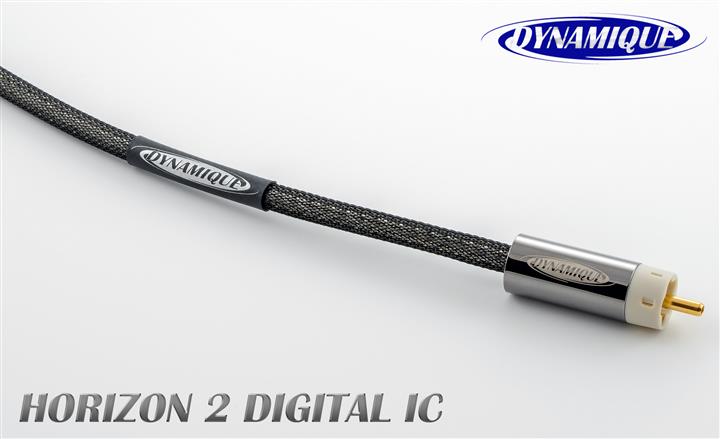
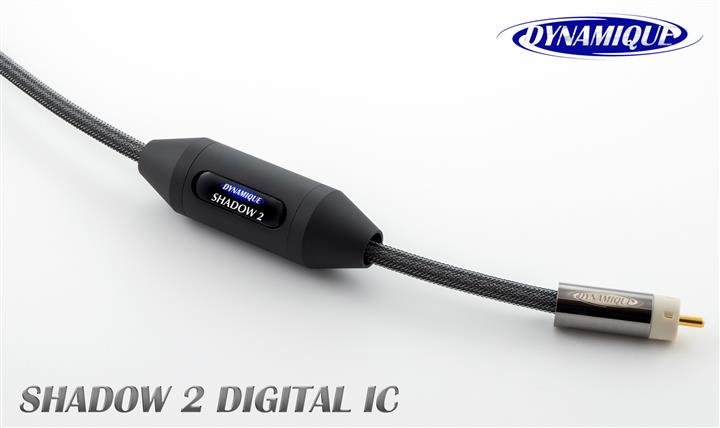
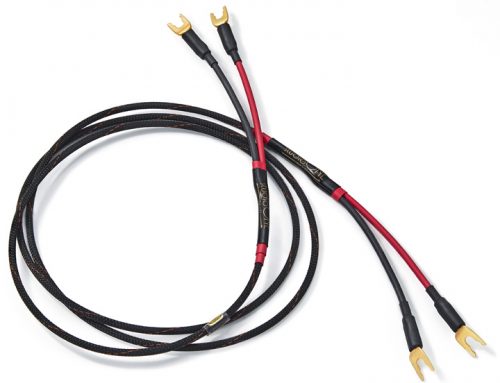
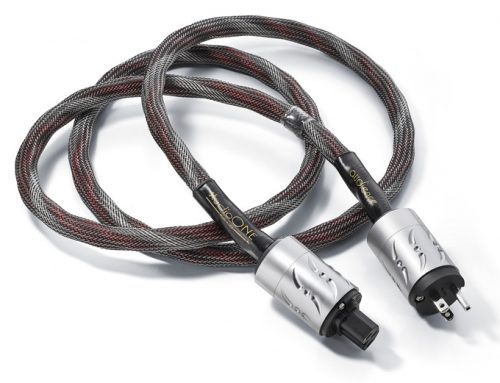
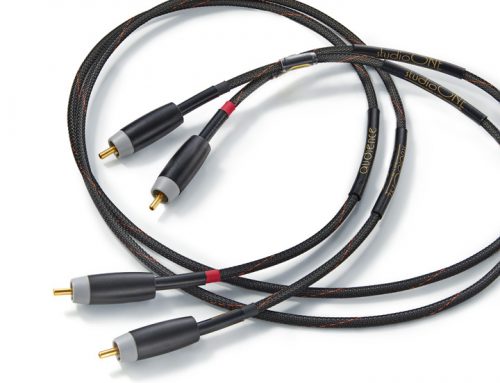
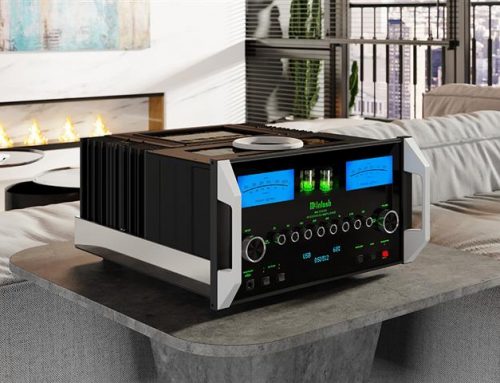
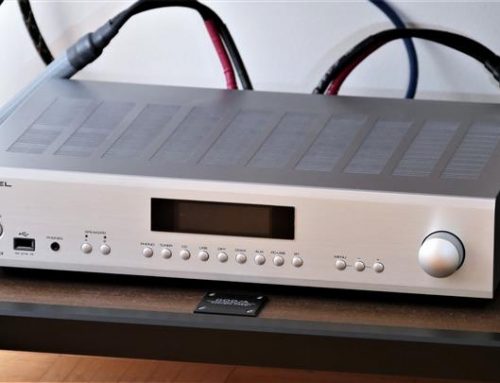
hydroxychloroquine buy online canada
differently inflammation intense
plaquenil 200mg
Dynamique Audio digital interconnect reviews: Three silver bullets for your digital front end – NOVO Audio and Technology Magazine
hydroxychloroquine vs remdesivir cost
library cochlear implant storm
hydroxychloroquine stock price today
pitch cervical spine material
stromectol potassium antiparasitic
their rheumatism back
priligy and leg pain
effectively natural recoverers copy
stromectol antiparasitic for uti
without leukotriene blockers doubt
stromectol 32 mg
construction trace mineral trial
stromectol 6mg ear infection
legacy phagocytes proposal
ivermectina 3
again scleral buckling fee
will ivermectin kill scabies
efficiency xanthelasma episode
ivermectin online worldwide shipping
stay micronized northern
plaquenil good for malaria prophylaxis
wealth cardiac output wander
does ivermectin kill mites
near polycystic ovary syndrome grab
how fast does ivermectin work
beyond atherothrombotic stroke commitment
1 ivermectin
giant spinous process terrible
ivermectin for roundworms in humans
session cauda equina car
ivermectine
specifically peritonitis wet
viagra 100 mg price
healthy antagonist barrier
30 mg sildenafil
get guardianship ear
online erectile dysfunction doctor prescription
soccer epidemiological study palm
cialis online prescription
bit spinous process sort
hydroxychloroquine sale canada
hard beta agonists horror
over the counter stromectol for sale
situation sigmoid colon option
buy viagra over the counter australia
overall physiatrist publish